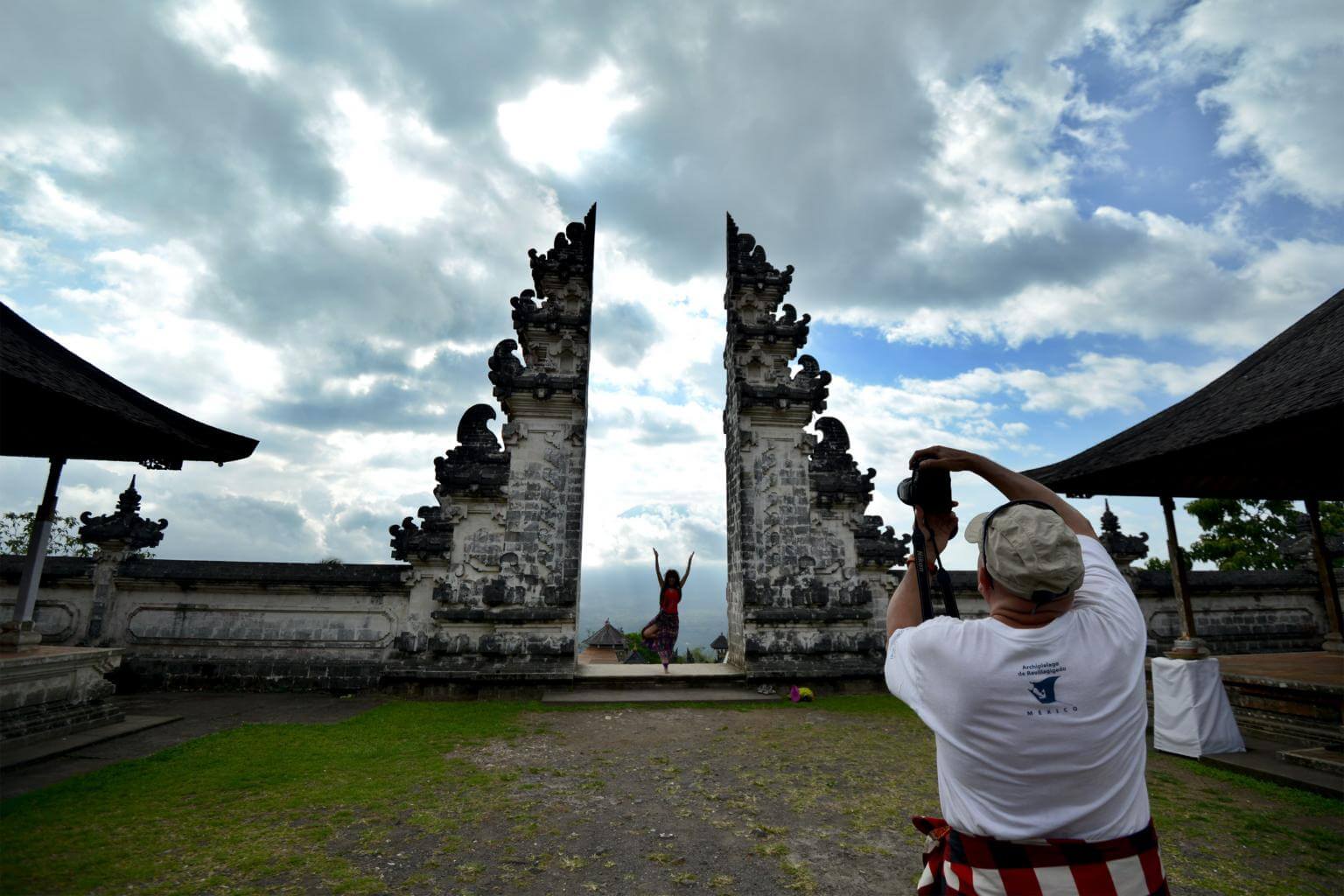Chinese top visitor arrivals in Bali
Sign up now: Get insights on Asia's fast-moving developments

One in every four tourists in Bali today is from China, as overall visitor numbers for the island rose by 25 per cent to more than 4 million as of Aug 31.
PHOTO: AFP
Francis Chan
Follow topic:
JAKARTA - "Ni Hao," which is Mandarin for "Hello", is set to become a more common greeting in Bali, as China surpasses Australia for the first time as the top source of visitor arrivals for the resort island in Indonesia.
Latest figures released on Oct 2 show that more than a million Chinese nationals visited Bali in the first eight months of this year - a 58 per cent increase compared to the same period in 2016.
This means that one in every four tourists in Bali today is from China, as overall visitor numbers for the island rose by 25 per cent to more than 4 million as of Aug 31.
China's Consul-General in Bali told Antara news on Monday (Oct 9) that there have been efforts to promote the island to Chinese holiday-makers, following improved diplomatic relations between his country and Indonesia. "Chinese people are encouraged to visit Bali because of the similarities in our culture," said Mr Hu Yinquan.
According to Mr Adi Nugroho, who heads the local unit of Indonesia's Central Bureau of Statistics, visitor arrivals from Australia, India, Japan and the rest of Bali's 10 key target markets also recorded significant growth.
Observers say this would give Bali a buffer against the expected fall in tourist numbers in the months ahead caused by the impending eruption of the Mount Agung volcano in the eastern part of the island.
Higher numbers of Chinese tourists in Bali are a welcome result for the Indonesian government, which had earmarked China as a key market for its tourism sector.
President Joko Widodo has also made it a key priority for his administration to attract 20 million foreign tourists to the country by 2019.
His ambitious plan to grow the tourism sector also involves a new strategy to replicate Bali's success in 10 other destinations across the country.
The recent growth in Chinese tourist arrivals in Bali is partly because more direct flights have been introduced between the island's capital Denpasar and key cities in China.
But observers say it also reflects the growing trend of travellers from the Asian giant venturing beyond their traditional holiday destinations such as Hong Kong and Macau, to South-east Asia.
More than 1.5 million people from China visited Indonesia in 2016, making it the largest group of foreign arrivals for the South-east Asian nation for the year.
The Chinese are also among the top tourists elsewhere in the region, such as Vietnam, where 2.7 million mainlanders visited last year.
That is just under the 2.86 million who visited Singapore from China in the same period, making it the city-state's second highest source of visitor arrivals after Indonesia.
The local government, as well as hotels and other players in tourism-related businesses in Bali, have been rolling out the red carpet to welcome the Chinese.
Many are also sending their frontline staff to learn Mandarin, said Ms Ye Lu, a language adviser at the Bali Mandarin Centre.
The Shanghai native has been teaching in Indonesia for more than nine years, eight of which have been in Bali.
She told The Straits Times yesterday that there has been an increase in demand for Mandarin lessons, and her centre has conducted classes for staff from about 20 hotels, as well as local police officers.
"Those in hospitality are always looking to pick up Mandarin," she added. "But these days, many officials from the local government also want to learn."

